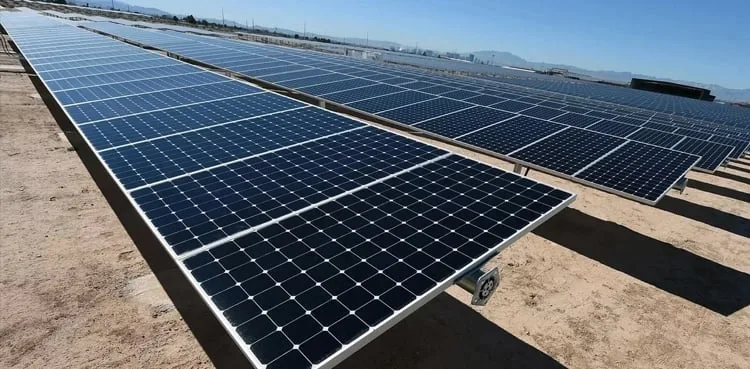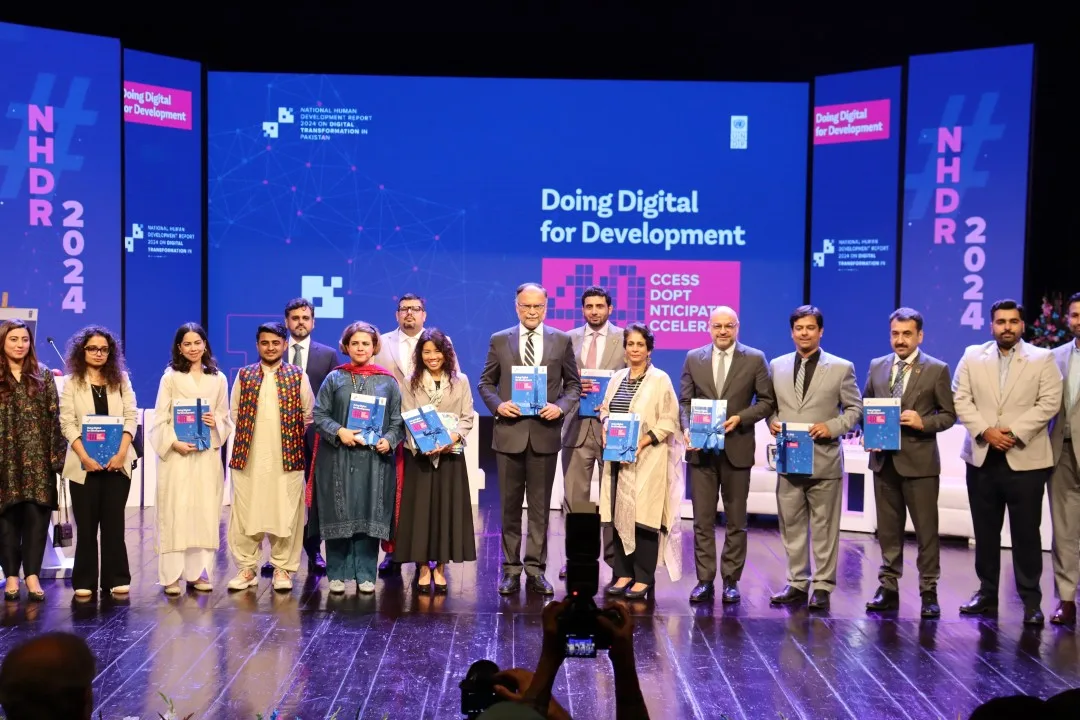In a significant move towards sustainable energy, the Sindh government has unveiled a plan to provide solar systems to the public for a mere 7,000 rupees. This initiative, designed to benefit more than two lakh households across the province, aims to enhance energy accessibility and reduce dependence on conventional electricity sources.
Expanding Solar Energy Access
Following the lead of Punjab, the Sindh government has introduced a comprehensive solar energy plan, targeting over two lakh families throughout the province. This project is particularly noteworthy as it includes fifty thousand households in Karachi. The initiative is set to offer a solar system capable of powering one fan and three LED bulbs per household, ensuring basic lighting and ventilation needs are met efficiently.
Collaboration with the World Bank
The project is a collaborative effort between the Sindh government and the World Bank. The World Bank has already allocated 32 million dollars for this initiative, underscoring its commitment to supporting sustainable energy solutions in the region. There is also the potential for further expansion of the project, which could significantly increase its impact and reach.
Components of the Solar System
The solar systems provided under this scheme will include essential components such as solar panels, a charge controller, and a battery. These elements are crucial for harnessing and storing solar energy effectively, ensuring that households can rely on a steady supply of electricity even during non-sunny hours.
Director of Sindh Solar Energy’s Remarks
The director of Sindh Solar Energy highlighted the project’s potential and its alignment with broader energy goals. He emphasized that the solar systems are designed to be user-friendly and effective, providing a practical solution for households. The director also mentioned that Sindh currently generates 400 megawatts of electricity from solar energy, showcasing the province’s growing capacity in renewable energy production.
Benefits of the Solar Initiative
This solar initiative is expected to bring numerous benefits to the residents of Sindh:
- Cost-Effective Energy: By offering the solar system at a nominal price of 7,000 rupees, the government ensures that even low-income households can afford clean and reliable energy.
- Energy Independence: The solar systems will reduce dependence on the conventional power grid, providing households with a degree of energy independence and security.
- Environmental Impact: Increased use of solar energy will contribute to reducing the carbon footprint, supporting global efforts to combat climate change.
- Economic Benefits: The initiative is likely to spur economic activities related to the installation, maintenance, and production of solar energy components, creating job opportunities in the region.
Challenges and Future Prospects
While the initiative is promising, there are challenges that need to be addressed to ensure its success:
- Installation and Maintenance: Ensuring that the systems are installed correctly and maintained regularly will be crucial for their long-term functionality.
- Public Awareness: Educating the public about the benefits and usage of solar systems will be essential to maximize the initiative’s impact.
- Scalability: As the project expands, managing resources and logistics effectively will be vital to maintain the quality and reliability of the solar systems.
The Sindh government’s solar initiative marks a significant step towards sustainable development and energy accessibility. By providing affordable solar systems to households, the government is not only addressing immediate energy needs but also paving the way for a greener and more self-reliant future. This project, supported by the World Bank, has the potential to transform the energy landscape of Sindh, fostering economic growth and environmental sustainability.
As the project rolls out, it will be important to monitor its progress and address any challenges that arise. With continued support and effective implementation, this initiative could serve as a model for other regions seeking to harness the power of renewable energy for community development.



